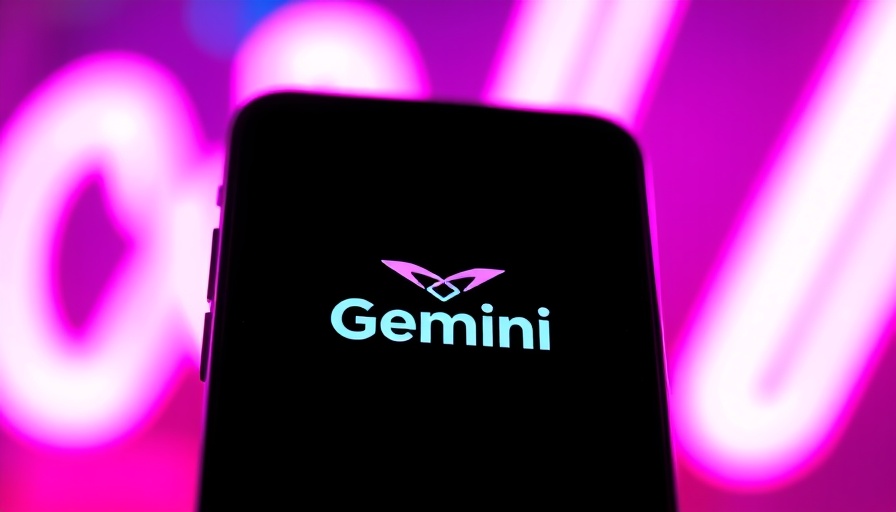
Understanding the New Partnership: Pinterest and Instacart
Pinterest and grocery delivery service Instacart have launched a new partnership that significantly enhances how advertisers can engage consumers, particularly in the food and recipe sectors. By integrating Instacart's first-party audience data, Pinterest enables advertisers to target users based on specific behaviors related to grocery purchasing, thereby elevating the ad experience for families looking for easy meal solutions.
How This Partnership Benefits Families and Food Brands
The collaboration aims to prioritize high-intent consumers, allowing food brands to connect with parents and families actively seeking new recipes or grocery items. For example, if a parent pins a recipe for a family-friendly dinner, they can seamlessly order the ingredients through Instacart, ensuring that meal prep becomes less of a chore and more of an enjoyable activity. This convenience is beneficial for busy parents who often juggle work, family, and daily responsibilities.
The Mechanics of Targeting High-Intent Consumers
According to Instacart, the initial stages of this partnership allow brands to target ads to an audience built on actual shopping behavior. This data-driven method means that ads displayed to users on Pinterest are not random; they reflect the users' real-world interests and purchasing habits. Parents looking for healthy snacks or quick meals can expect to see relevant ads that lead to tailored shopping experiences, enhancing their interaction with Pinterest.
Ads to Shop: The Immediate Impact of Direct Purchases
In this new advertising model, Pinterest users will find that they can shop through ads directly on the platform, transforming browsing into shopping within just a few clicks. Imagine a busy mom pinning a new smoothie recipe and having the ingredients delivered to her doorstep within 30 minutes. This real-time convenience could revolutionize how families engage with meal prep, taking away last-minute grocery runs and encouraging healthier eating habits.
Looking Ahead: Future Benefits and Impacts
As the partnership develops, a second phase is set to introduce advanced analytic tools, providing closed-loop measurement capabilities that link Pinterest advertisements directly to sales on the Instacart Marketplace. This means that brands will not only know which ads were seen but also how they directly influenced purchasing decisions. Understanding their campaign’s effectiveness allows brands to make data-driven adjustments, better serving the needs of parents and families.
Moreover, this targeted approach reflects a growing trend in how digital platforms facilitate consumer connection. As parents increasingly rely on social media for recommendations on food and family products, the integration of targeted ads and convenient shopping may lead to reshaping spending habits and preferences.
In Conclusion: Parent-Friendly Innovations in Online Shopping
This partnership between Pinterest and Instacart is more than just an advertising strategy; it represents a significant shift in how families navigate meal preparation and grocery shopping in the digital age. With the prospect of personalized, shoppable ads, parents are set to experience a new way of engaging with technology that not only saves time but also fosters healthier eating habits for their families.
Ready to take advantage of this new feature? Start exploring Pinterest today and discover the ease of shoppable recipes at your fingertips!
 Add Row
Add Row  Add
Add 




Write A Comment